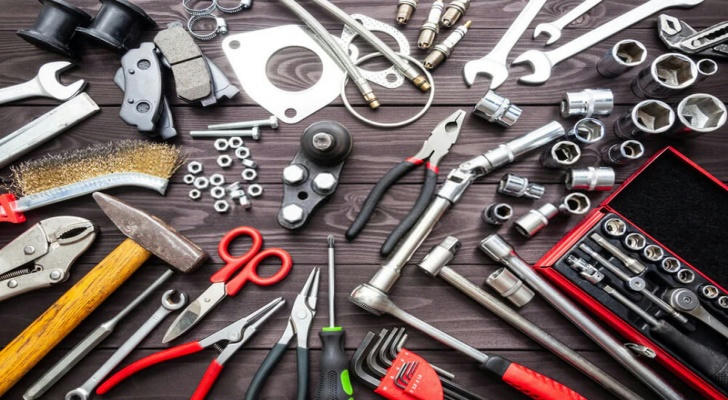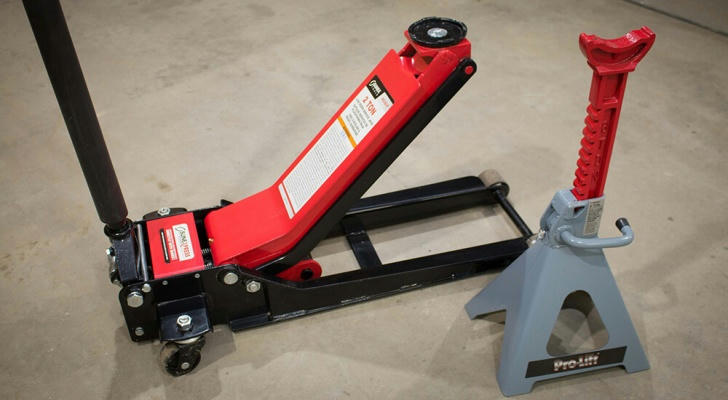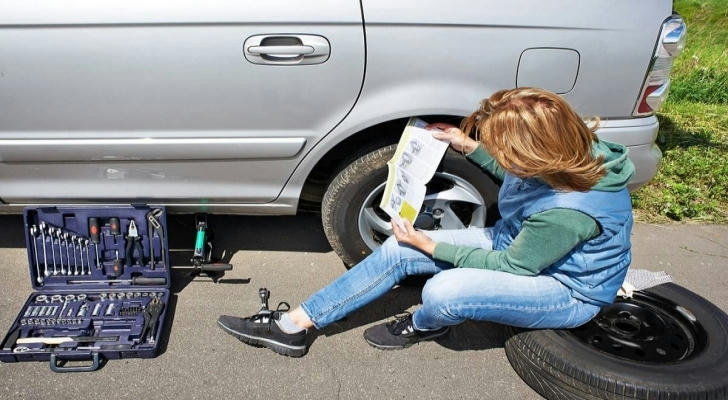Level Up Your Car Skills: Essential Tools for Auto Repair
As vehicle maintenance costs continue to rise, more Americans are turning to do-it-yourself (DIY) auto repair. According to a 2022 report by IMR Inc., over 31% of vehicle owners attempted some form of DIY maintenance in the past year—a figure that continues to grow due to rising repair shop rates and increasing car ownership costs.
Whether you’re trying to save money, gain more control over your vehicle's condition, or just enjoy hands-on work, having the right tools is a game changer. Here's a breakdown of essential tools you should have in your auto repair toolkit—along with expert advice and data to back it up.

1. Socket and Ratchet Set
A quality socket and ratchet set is the foundation of any auto repair kit. It allows you to loosen and tighten bolts efficiently, from engine work to brake jobs.
🔎 Consumer Reports notes that over 70% of DIY auto tasks—like brake replacement or battery swaps—require a ratchet set.
What to look for: A set with both metric and SAE sizes, made from chrome vanadium steel for durability.
2. Torque Wrench
Many critical bolts in a vehicle require precise torque. A torque wrench ensures they’re neither over- nor under-tightened, which can prevent costly damage.
📊 AAA warns that improperly tightened lug nuts are a common cause of wheel separation accidents. A torque wrench can eliminate this risk.
For most users, a 10–150 ft-lb click-type torque wrench covers a broad range of applications.
3. Jack and Jack Stands
Never work under a vehicle supported only by a jack. Jack stands are essential for safety and stability.
⚠️ According to the U.S. Occupational Safety and Health Administration (OSHA), lack of proper support is among the top causes of DIY auto repair injuries.
Choose stands rated at least 2 tons and a low-profile jack if your car has reduced clearance.

4. Screwdrivers and Pliers
For seemingly small tasks like removing battery terminals or dashboard panels, a set of screwdrivers and pliers is indispensable.
💡 Popular Mechanics names these tools as “top priority” for beginners, with needle-nose pliers and magnetic screwdrivers ranking among the most used.
5. OBD2 Scanner
Modern vehicles rely heavily on electronics. An OBD2 scanner can read engine codes and help diagnose check-engine lights, saving you trips to the mechanic.
📱 According to Statista, 98% of cars sold in the U.S. since 1996 are OBD2-compatible.
Bluetooth scanners that connect to your phone offer convenience and enhanced diagnostic features.
6. Brake Bleeder Kit
If you're replacing brake components, a brake bleeder kit removes air from the lines, restoring full stopping power.
🚘 A study by NHTSA highlights that air in brake lines can lead to 20–30% longer stopping distances.
Vacuum bleeders are ideal for solo DIYers.
7. Digital Multimeter
Electrical problems are common in older cars. A multimeter helps check battery voltage, alternator output, and continuity in wires.
📊 RepairPal reports that electrical issues are the fourth most common cause of vehicle repair shop visits.
Look for an auto-ranging multimeter for easy use across different vehicle systems.
8. LED Work Light and Safety Gear
No tool is more important than visibility and protection. A rechargeable LED work light paired with gloves, goggles, and hearing protection is non-negotiable for safety.
⚠️ The National Safety Council (NSC) advises that 30% of home repair injuries could be prevented with proper lighting and protective gear.
9. Oil Filter Wrench and Drain Pan
Oil changes are the most common DIY car service. An oil filter wrench and drain pan make the job clean and efficient.
🛢️ According to J.D. Power, doing your own oil change can save an average of $40–$70 per service.
Add gloves, a funnel, and rags to stay clean.
Real-World Example: James' Story
James, a 35-year-old accountant from Ohio, became frustrated with high mechanic fees after being quoted $320 for a simple brake pad replacement. Inspired by online tutorials and equipped with a jack, socket set, and brake bleeder, he did the job himself for under $100.
“The confidence I gained from that repair was life-changing,” James says. “Now I help my neighbors too.”
Conclusion

DIY car maintenance isn’t just about saving money—it’s about control, skill-building, and safety. By investing in reliable tools and learning the basics, you’ll not only avoid unnecessary mechanic bills but also gain confidence in handling emergencies and routine care.
And remember: quality tools are an investment. Choose trusted brands, follow verified guides, and you’ll see both your car skills—and your savings—improve dramatically.
